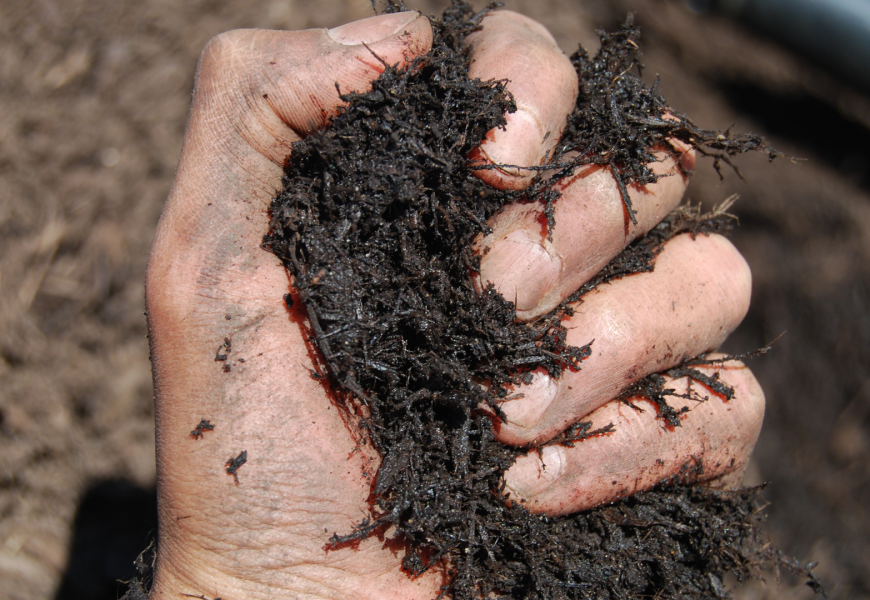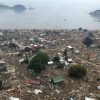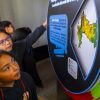In a country like Chile, where mining is its past, present, and perhaps its future, it is worth remembering what the relationship of coal miners was like with the industry, especially in a period where industrial paternalist practices meant the company was the only one that provided services that made social and family welfare possible.
By Monserrat Quezada / monquezada@udec.cl / Photographs: Alejandra Brito
The academic of the faculties of Social Sciences and of Humanities and Art of the Universidad de Concepción, researcher and Municipal Science Award Winner, Alejandra Brito Ph.D., analyzed collective living in two mining areas in the south of the country, namely the Puchoco-Schwager mine, in the coal basin of the Gulf of Arauco, in the Region of Biobío, and Puerto Cristal, a zinc and lead mine, by the General Carrera Lake, in the Region of Aysen. “What’s interesting for us is understanding the development of these two communities, from their daily life, recovering their voices. For this
reason, the work was divided into four parts. The first one is a historic review of the setup of these mining towns in the territories. The second one emphasizes the recovery of ways of living, starting from the voices of former workers and their families. The third one analyzes the impact of the end of mine production. And, finally, in the final reflections, the future possibilities of both territories are discussed”. An extract from the publication of this research is presented below.
Origins
Both facilities, in terms of their origins, were located in areas devoid of urban development. The companies were those that developed a mining and industrial habitat. “Here, the different time frames are key. Coal mining begins in the mid-19th century, a period without work regulations and with almost no State presence, initially with very precarious living conditions, which were improved thanks to worker organization and struggles at the end of that century. Meanwhile, Puerto Cristal began operations in the mid-1930s, after the Labor Code was passed in 1931.
The activity was State-led, through CORFO. However, it had to deal with the difficulty of getting there, due to its geographical isolation and limited State supervision”, Alejandra Brito comments.
Experiences
During this research, the Professor held interviews and led collective memory workshops with former workers of both mines and their wives.
These experiences reflect collective forms of living that emerged from the company’s paternalist practices, becoming social territories understood as spaces of “construction of a micro-society
and a territory by the local inhabitants”. As is typical of the early industrialization process, paternalist practices allowed both placing the population in the area and preparing labor for industrial work. For it to be effective, families were placed there, facilitating social control and the
reproduction of labor, providing settlements with a series of facilities and services for workers and their families. As a result, an emblematic memory emerges: the former workers and their children, heirs of an industrial way of living, acknowledge their territory as a heritage to safeguard. However, despite the similarities in their experiences, there is an element that separates them: the projections for future living. Today, Puerto Cristal is uninhabited, and Puchoco-Schwager is within the Greater Concepción conurbation.
The impact of the closure
In Schwager, there is a kind of myth-like memory of the experience lived, which is directly linked to the post-mine closure experience, such as the economic depression and lack of jobs. The mining identity, not recognized by State agents, makes the short and mid-term success of reconversion plans difficult. The creation of new production sources, such as fisheries, Coronel Port, and more recently, thermal electric power plants, have transformed Coronel into a sacrifice area, which has complicated the redefinition of local identities.
Meanwhile, in the case of Puerto Cristal, the memory is marked by the closure of what was a time and life experience, which had more access to services, but there is an awareness that there is no going back, and the migration of its population to different parts of the region or country strengthens the idea of a heritage-linked memory, which almost recovers a museum-like sense
of their experience as Cristalinos. However, the former coal miners still walk around the area seeking a sense of it, as a productive space, and builder of social identity.
Reflections
In short, we wonder how these territories can be projected from memory, including the cultural definitions of heritage. How can the problem of touristification be included in the debate?
As Criado-Boado and Barreiro state, heritage must be understood as a footprint between memory and the forgotten, including the material entities and ideas that are socially valued and that constitute heritage assets, and those that can reach said status. This is why the matter of the
site’s touristification makes sense. That is to say, the way the experience of those who lived and/or live in the place, who have built their identity in the mine’s past, who know the tragedies, labor exploitation, organization, and resistance, who have chosen memory to place value on their
bond with the territory, the most luminous past associated to paternalist practices and the strengthening of a community, would coexist with tourists who walk around a territory without memory, who give sense to the monument or the tradition, transforming it into a party or celebration, who value the natural landscape, as happens in Chilean Patagonia, and who stare in wonder on recognizing a mining enclave in this almost pristine territory.
We see the diffuse experience of the efforts of Chilean workers in the territory to contribute towards the economic progress of the country, and of how it was possible to think about the development of the welfare of workers and their families, and on the other hand, we see the efforts to transform these experiences into a product or heritage asset that may be touristically profitable. Here is where, the challenge and tension that communities currently live, lies.
For more information: abrito@udec.cl
Last modified: 29 de agosto de 2025






